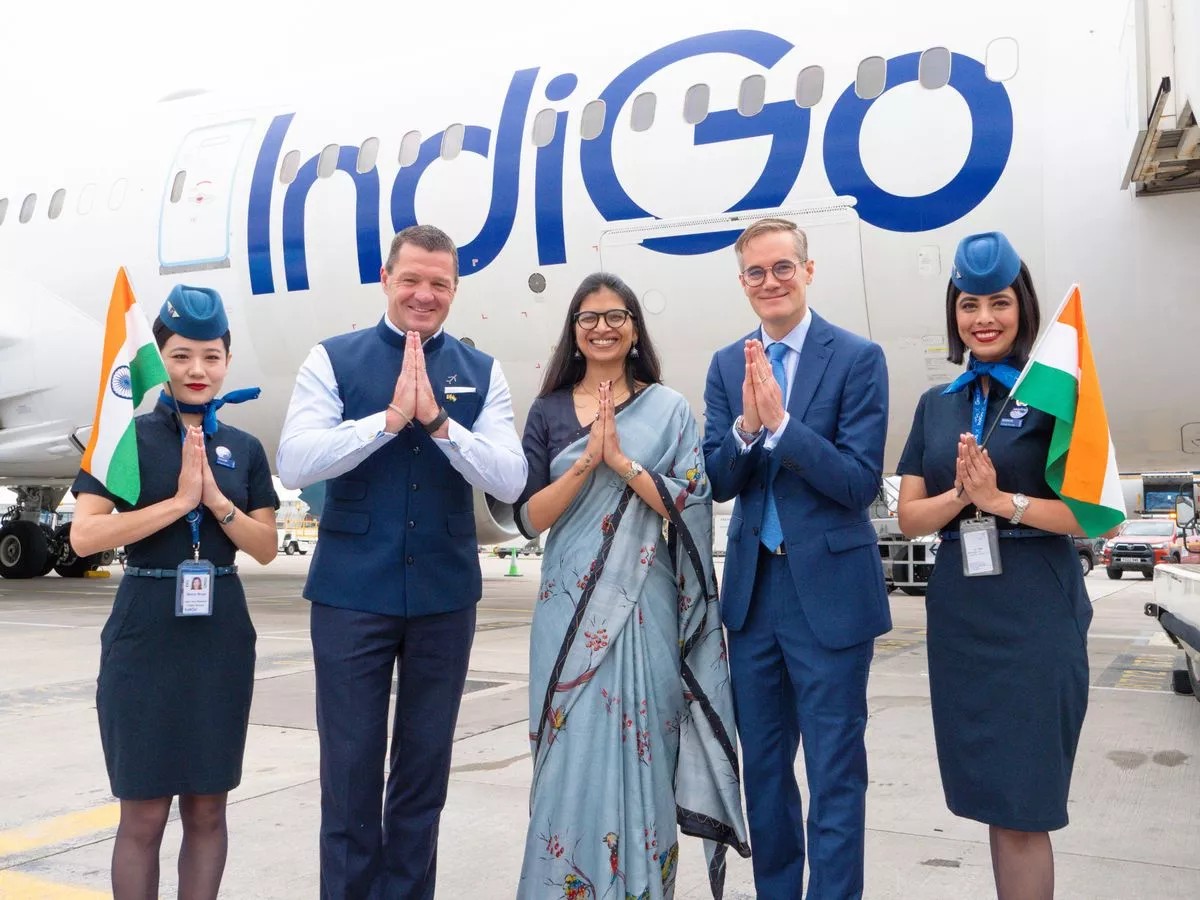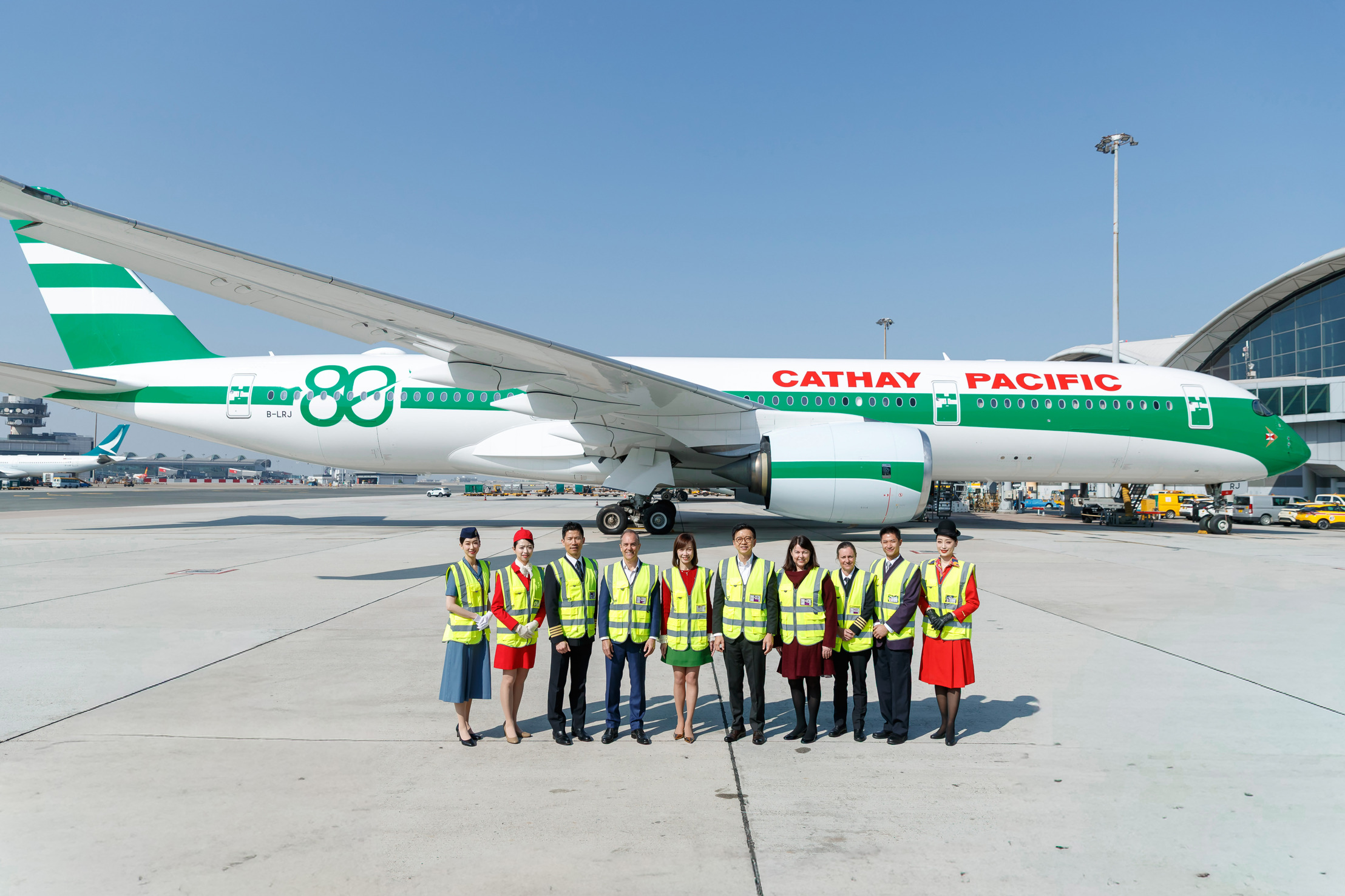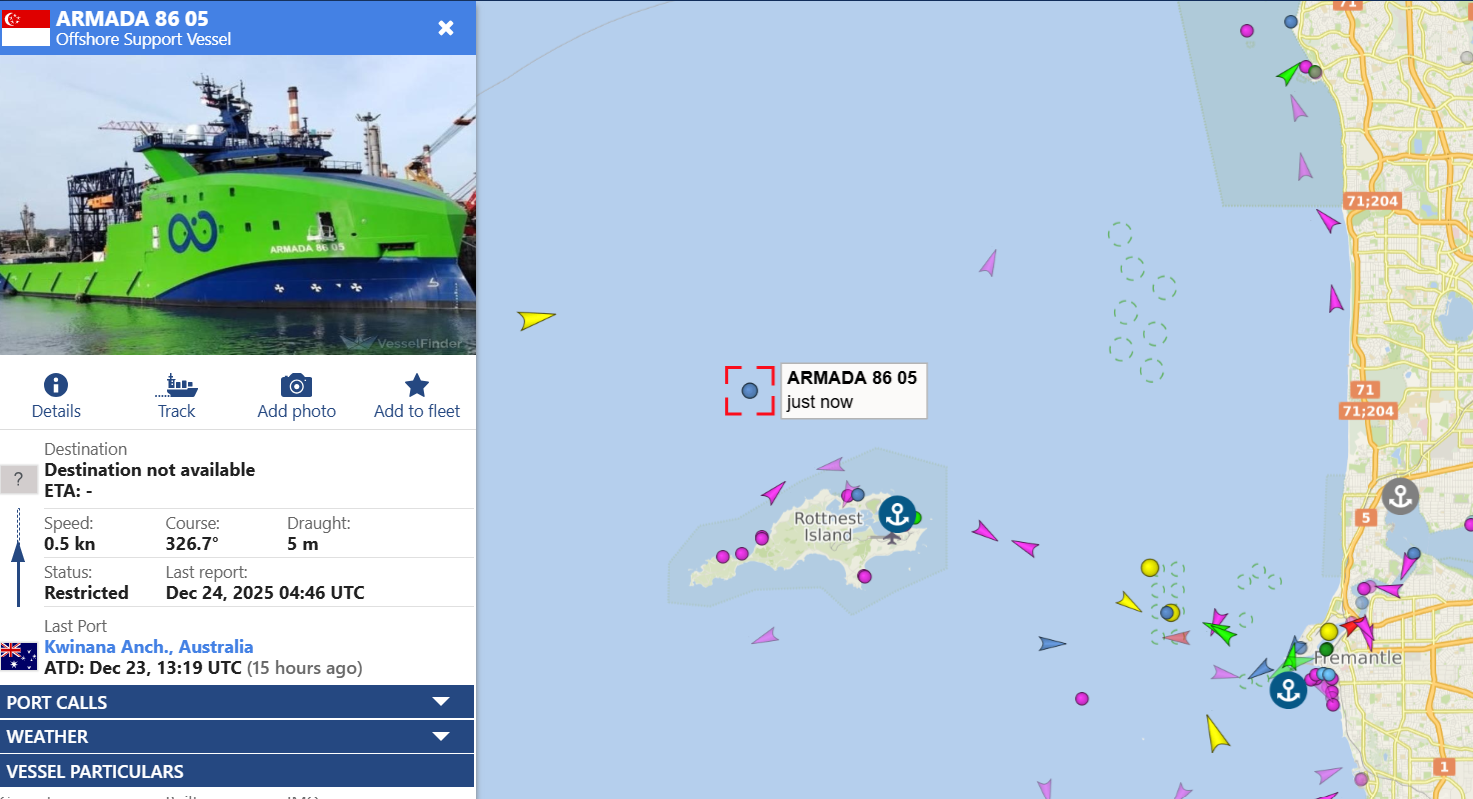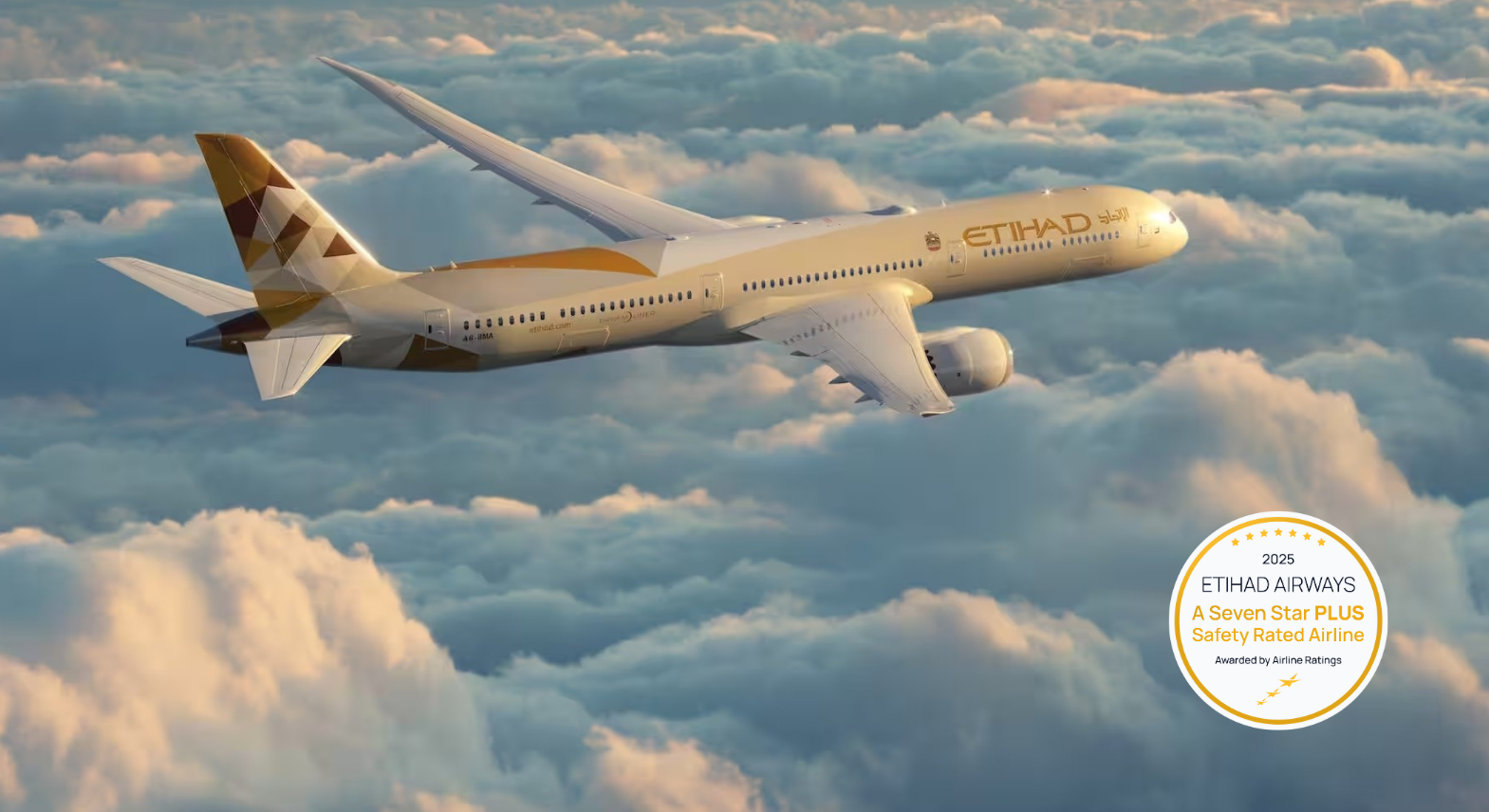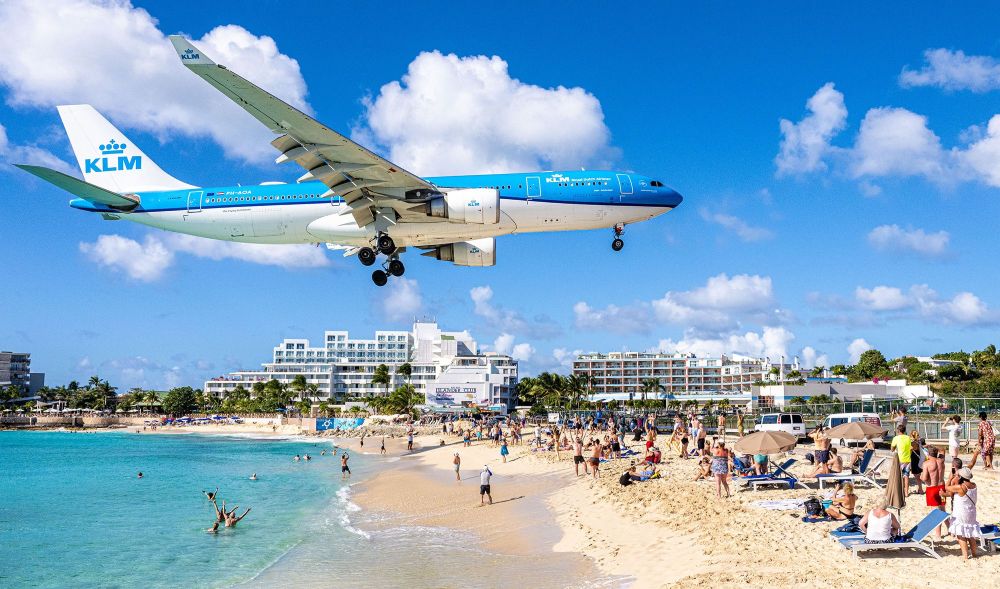
By Airline Ratings
Published Thu Jul 03 2025
A blue-liveried Boeing 787 Dreamliner rolled onto the tarmac at Manchester Airport this week, marking not just the arrival of IndiGo flight 6E0031 from Mumbai, but the start of a new chapter in long-haul low-cost travel.
India’s biggest airline and the world’s third largest budget carrier has just made its boldest move yet, launching direct UK operations with the goal of shaking up the mid and long haul market traditionally dominated by legacy carriers. Its new thrice weekly nonstop link between Mumbai, India’s financial capital, and Manchester, the north of England’s key aviation hub and home to one of the country’s largest Indian communities, marks IndiGo’s entry into territory most low cost airlines have barely touched.
Not Your Typical Budget Airline
“Budget” doesn’t mean bare bones here. IndiGo’s long-haul Dreamliners are designed for comfort and value. Return fares between Manchester and Mumbai start at just £426 in economy, or £870 in Stretch — significantly undercutting legacy carriers on the same route. The journey takes approximately 10 hours, with departures from Mumbai on Tuesdays, Thursdays, and Saturdays.
In Economy, passengers can expect:
30kg of checked baggage
7kg of hand luggage
Complimentary hot meal, snack, and non-alcoholic beverages
In-flight entertainment
Alcoholic beverages, Blanket and pillow plus amenity kits available for purchase
Stretch, IndiGo’s upgraded cabin (akin to a no-frills business class), includes:
Forward cabin roomier seating with extra legroom and power outlets
46kg checked baggage allowance and 12kg hand luggage
Lounge access at select airports
Complimentary meals, snacks, and beverages, including alcohol as well as blankets and pillows
See more of the stretch cabin here
CEO Pieter Elbers, formerly of KLM, is quick to clarify: “We’re not a bargain-basement airline. We’re a straightforward, comprehensive option without the complexities that plague many legacy carriers.”
The airline, which started life in 2006 flying domestic Indian routes with Airbus A320s, is now executing a global growth plan with military precision. With over 900 aircraft on order — the world’s largest aircraft backlog — IndiGo is adding one new aircraft a week until the end of the decade. Six Norse-leased 787 Dreamliners are already flying international routes while it awaits the arrival of its own 60 Airbus A350s, expected from 2027.
“We didn’t want to wait,” Elbers said.
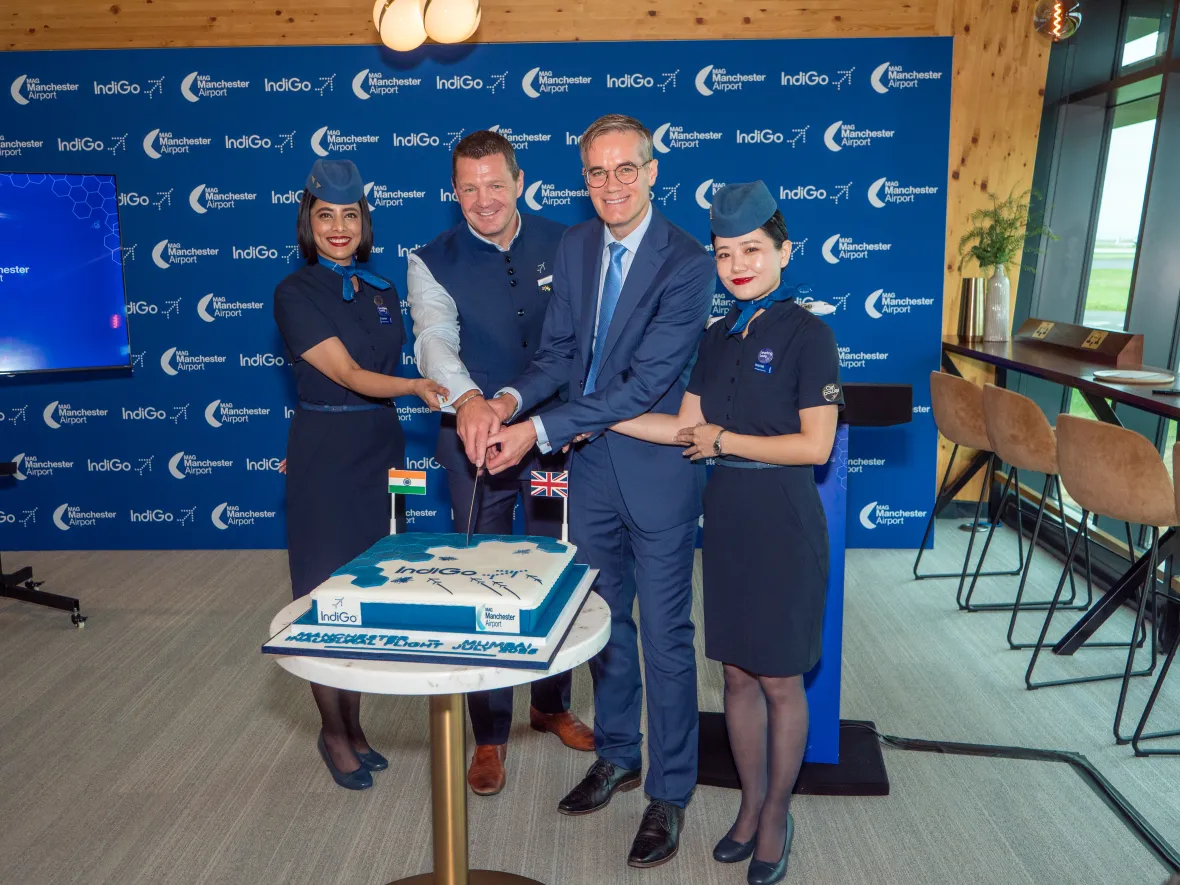
Taking On the Mid-Range Market
IndiGo joins a new wave of ambitious carriers aiming to redefine what mid and long haul budget travel can look like. While Norse Atlantic and Wizz Air dabble in lean international operations, AirAsia is exploring routes between the Gulf and Europe, and Vietjet Air is building its fleet to position itself as a major player in low cost long haul travel. In contrast, IndiGo’s entrance into Europe is a full throttle expansion.
Following the Manchester launch on July 1, the airline is rolling out routes to Amsterdam, Copenhagen, and London later this year, with more European destinations to follow in 2026. The Manchester–Mumbai route is particularly strategic — the first direct link between the two cities in over a decade, and the only nonstop flight to India from any UK airport outside London.
AirlineRatings CEO Sharon Petersen said, “Skyscanner’s travel trends data has consistently highlighted strong demand for direct connections between major cities in the UK, Australia, and India. For too long, legacy carriers have overlooked these patterns, so it was only a matter of time before a low-cost airline like IndiGo stepped in and delivered. I have no doubt this route will be a major success, and I’m confident that long-haul services into Australia — another high-demand yet underserved market — will be high on their agenda once more 787s become available. I applaud IndiGo’s revenue management and network planning teams for identifying this underserved route and filling it.”
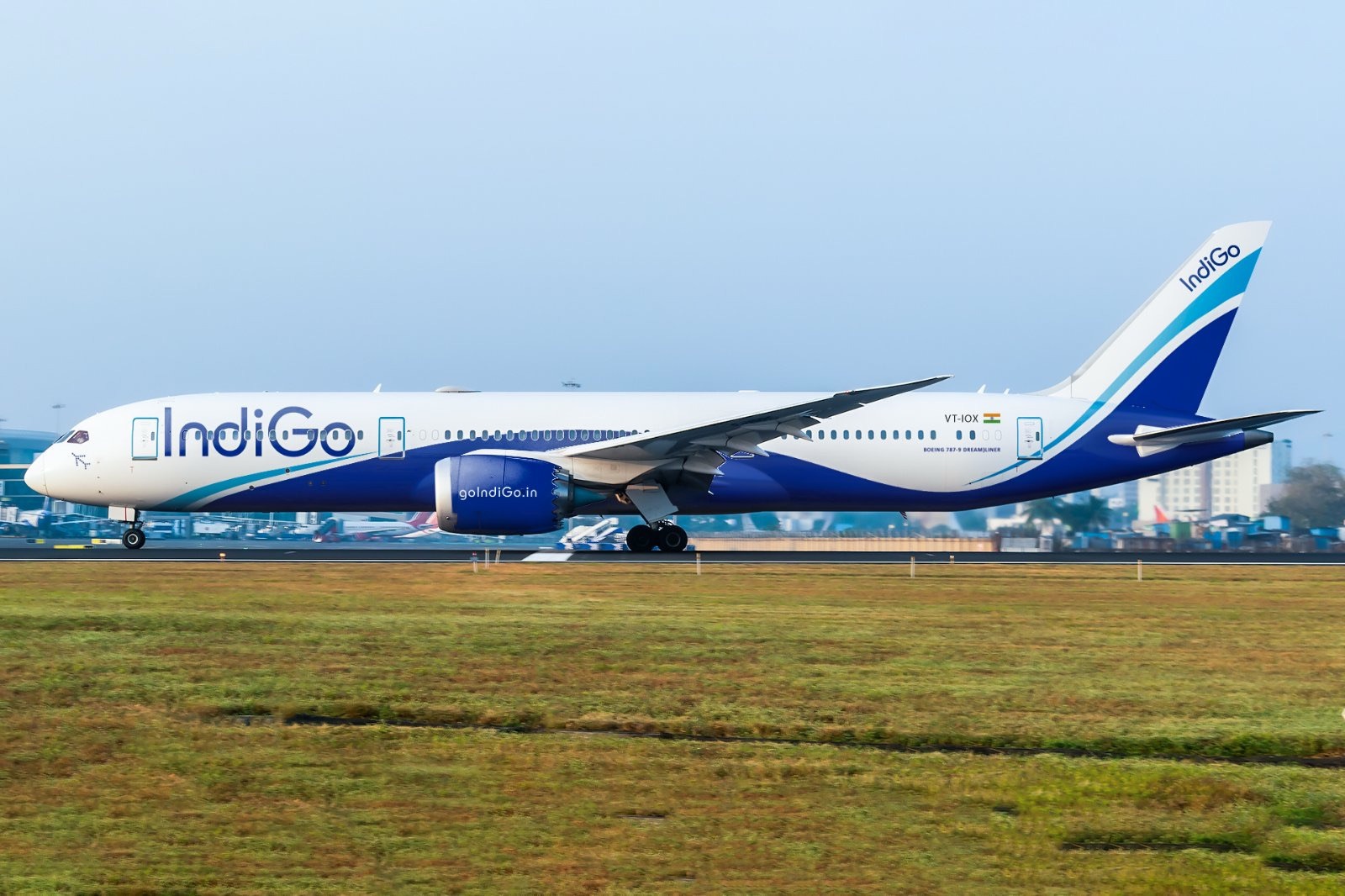
Timing Is Everything
IndiGo’s expansion comes as national carrier Air India is reeling from reputational damage and reduced services following the tragic AI171 crash in Ahmedabad.
Beyond just connecting cities, IndiGo’s vast domestic network of more than 90 destinations means passengers landing in Mumbai can easily continue to cities like Bengaluru, Hyderabad, Kolkata, and Kochi.
As Elbers puts it, “India is still vastly unexplored. The variety and beauty of the country is unmatched, but relatively unknown.”
A New Frontier
At Manchester Airport, the mood was festive as the first return flight prepared for departure. Mango sweets were handed out, families posed for photos under balloon arches, and IndiGo’s team celebrated another big step toward global expansion.
With ultra-low-cost DNA and full-service ambitions, IndiGo is aiming to do what few others have done: make long-haul travel affordable and enjoyable — without the frills and without the chaos.
One thing’s clear: IndiGo isn’t just flying planes. It’s flying high.
IndiGo Fleet Snapshot
As of July 2025, IndiGo operates a fleet of 414 aircraft with an average age of just 4.6 years, according to Planespotters.net. The fleet includes:
28Airbus A320-200
284 Airbus A320neo
144 Airbus A321neo
48 ATR 72-600
1 Boeing 787-9 Dreamliner (wet-leased from Norse Atlantic for long-haul operations)
The airline has a staggering 916 aircraft on order, including 60 Airbus A350s, set to begin delivery from 2027.
Have questions or want to share your thoughts?
Get In Touch